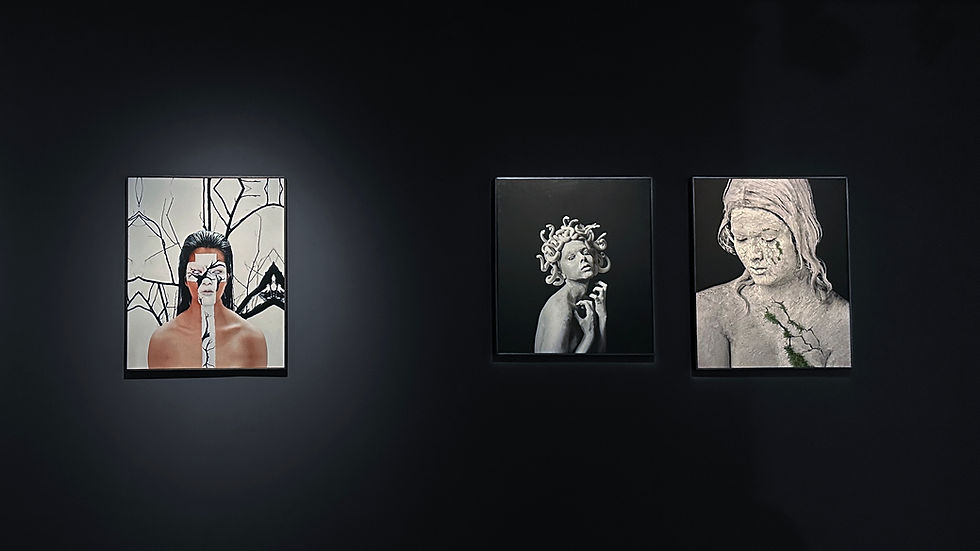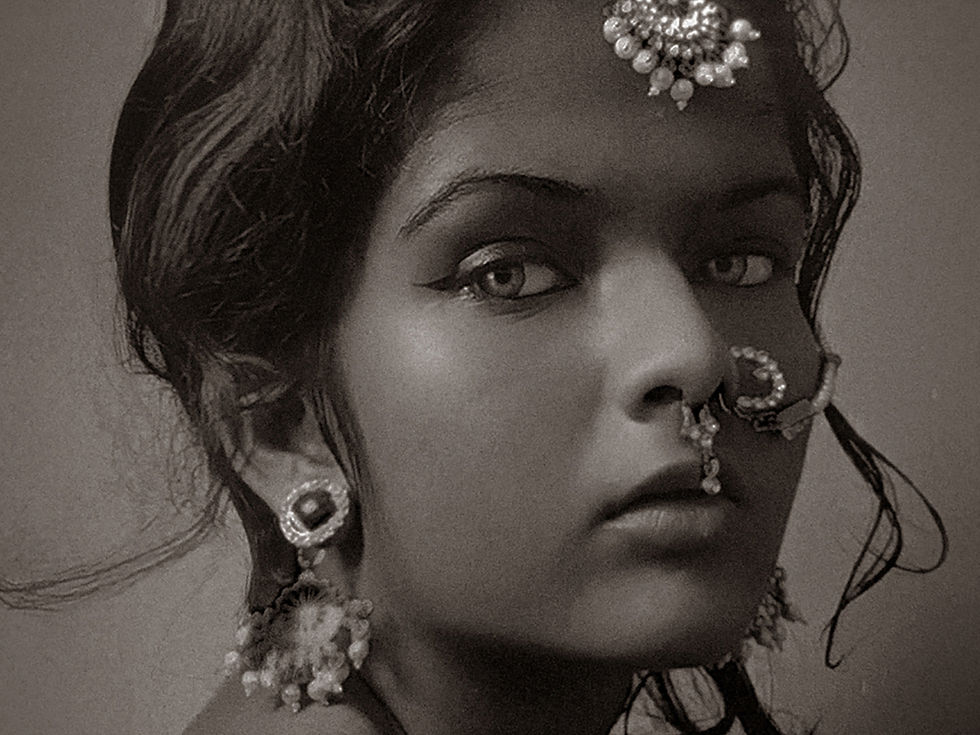Stop Asking Artists What Their Work Means
- Maitreyi More
- Jun 20
- 3 min read

"So… what does this mean?"
It is one of the most common questions artists get. And while it usually comes from a place of curiosity or admiration, many artists feel uneasy about answering it. Not because they are trying to be mysterious. Not because they do not know what to say. But because that question often misses the entire point of the work.
Here is a deeper look at why asking an artist to explain the meaning behind their art can sometimes feel frustrating, invasive, or even reductive.
Art Is Not Always Meant to Be Explained
Not every piece of art comes with a clear or literal message. Many artists create from places that cannot be neatly packaged into words. Emotions, intuition, subconscious dreams, spiritual experiences, random sparks of inspiration, or even chaos can lead to the birth of a piece. And sometimes, there is no single "meaning" behind it at all.
Think about music. When you hear a haunting melody or an abstract instrumental, you do not always ask, "What does it mean?" You let it wash over you. You let yourself feel. The same goes for visual art. Sometimes, it is about the experience, not the explanation.
Asking for a Meaning Oversimplifies the Process
Art is rarely one-dimensional. Behind every painting, photo, sculpture, or mixed media piece lies a world of thoughts, emotions, decisions, revisions, personal histories, cultural context, and technical experimentation.
To ask, "What does it mean?" often reduces all of that richness into a single sentence. It is like summarising an entire novel using only the title. This can feel incredibly flattening, especially when the work is layered with symbolism or rooted in complex emotional experiences. Artists spend hours, days, sometimes years developing their voice, and when the focus becomes just the “meaning,” it ignores the depth and process that brought the piece to life.
It Can Feel Invasive
Many artists draw from deeply personal places. Grief. Anxiety. Healing. Loneliness. Identity. Recovery. These themes are often embedded in the work in subtle ways. Asking someone to explain their art might mean asking them to reopen old wounds they are not ready to speak about.
For an outsider, the question may seem harmless. But for the artist, it can feel like an emotional interrogation. And not everyone is ready or willing to put their pain into neatly verbalised statements.
It Shifts the Power Away from the Viewer
One of the most magical things about art is that it creates a shared experience. Once a piece is released into the world, it no longer belongs only to the artist. It becomes a mirror for others to see themselves, reflect on their emotions, and discover their own interpretations.
When a viewer asks, "What does this mean?" they often hand the responsibility of interpretation back to the artist, waiting for instructions on how to feel. But art is not meant to be passively consumed. It invites active engagement.
The beauty of abstract, surreal, or emotionally rich art is that it can mean different things to different people. That variety of meaning is not a flaw, it is a feature.
It Is Simply the Wrong Question
Most artists are not trying to avoid dialogue. They usually love talking about their work. But it is the framing of the question that matters. Instead of putting the artist on the spot to explain a definitive meaning, try asking questions that open up a deeper and more human conversation.
You could ask:
What inspired this piece?
What emotions were you feeling when you made this?
I interpreted it as [insert your thoughts]. Was that close to what you felt?
Was this influenced by a personal experience or something imagined?
Or simply say, “Here’s what I saw in it. I’m curious to know if you see it the same way.”
This invites discussion without demanding explanation. It respects both the mystery of the piece and the viewer's personal response to it.
So, What Should You Ask Instead?
Next time you find yourself face-to-face with an artwork that stirs something in you, take a moment. Let it sit with you. Let it move you. Let it confuse you. Let it say something to you without words.
Then, instead of asking, “What does this mean?” try asking yourself, “What does this mean to me?”
That question might lead you somewhere much more powerful.




Comments